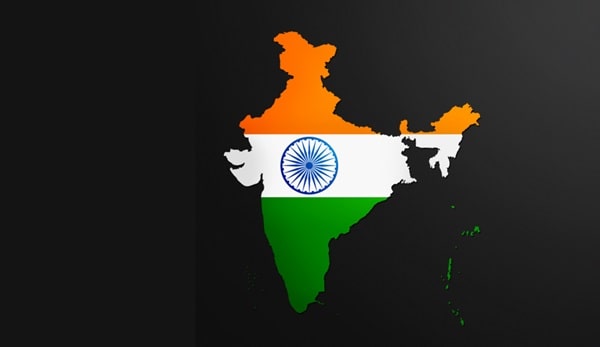Martin Wolf, the Chief Economics Commentator at The Financial Times, has made a bold projection that India is poised to become a superpower by 2047, marking the centenary of its independence. This vision is driven by India’s potential to become the second-largest economy globally, trailing only China and surpassing the United States in terms of Purchasing Power Parity (PPP). However, this journey is fraught with challenges and requires strategic planning, robust policies, and international cooperation.
Economic Growth and Potential
India is currently the fifth-largest economy in the world, and its ambition to elevate itself to a high-income status by 2047 is ambitious but unlikely, according to Wolf. However, achieving an upper middle-income status is within reach if India can leverage its strengths and address its weaknesses. Key to this transformation is sustained economic growth, which involves increasing the GDP growth rate, enhancing human capital, and investing in infrastructure.

Strategic International Relations
Wolf emphasizes the importance of India maintaining and expanding its international relations. India’s strategic position as a counterbalance to China is crucial. By forming strong economic ties with Western nations and diversifying its trade partnerships, India can create a favorable global environment for its growth. This includes replacing China as a competitive global supplier of goods and services and attracting foreign direct investment (FDI).
Domestic Policy and Governance
Effective domestic policies are essential for India’s progress. This includes fostering an environment conducive to business, reducing regulatory burdens, and ensuring good governance. Montek Singh Ahluwalia, former Deputy Chairman of the Planning Commission, highlights the importance of a robust policy framework and good governance to capitalize on India’s advantageous position amidst global uncertainty.
Infrastructure and Innovation
Investing in modern infrastructure and promoting smart urbanization are critical for India’s growth. Neelkanth Mishra, Chairperson of UIDAI, advocates for a “small-yard high-fence” strategy to protect key industries while allowing for strategic autonomy. This approach can help India navigate its economic relations with stronger economies like China.
Demographic Dividend
India’s slowing population growth presents both a challenge and an opportunity. As the population growth rate moderates, per capita income is expected to rise, which can enhance the overall standard of living. The global trend of an aging population will also lead to excess capital, which India can access to fuel its growth, provided it is allocated sensibly across strategic sectors.
Trade and Global Integration
India’s integration into the global economy through Free Trade Agreements (FTAs) is vital. By reducing regulatory burdens and signing FTAs, India can attract foreign trade and investment, boosting economic growth. This integration will also help India leverage global opportunities and form productive economic relations.
As India navigates the complexities of global economics and politics, its ability to leverage its strengths and address its challenges will determine its success on the path to becoming a global superpower.

